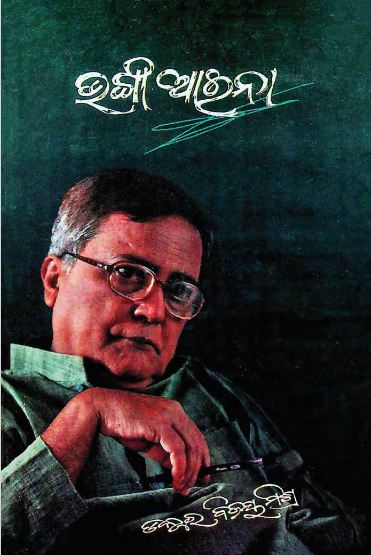Bhanga Aina, an enthralling Odia drama written by Bijaya Misra and published in 2014, intricately weaves the complex tapestry of urban life in a metropolis. Set against the backdrop of the bustling city—referred to as Mahanagar in the work—the play explores the multi-layered struggles of individuals whose inner lives reflect the fractures of modern society. With a title that translates to “Broken Mirror,” the drama metaphorically examines how the reflections of identity, tradition, and modernity shatter under the pressures of rapid urbanization and shifting moral values.
At the heart of Bhanga Aina lies a penetrating social commentary on the disintegration of cultural integrity within the maze of the city. Bijaya Misra uses the metaphor of the broken mirror to depict how individuals see fragmented selves and conflicting identities, emphasizing that the mirror of society is no longer whole. The drama interrogates the audience with questions about authenticity and the cost of modernization. It portrays the quintessential urban experience where the promises of progress often come at the expense of personal relationships and age-old traditions.
The narrative unfolds through a series of vivid, interlinked sub-dramas that collectively capture the diverse experiences of the city’s inhabitants. Each subplot introduces characters that represent different strata of urban society—from the struggling artist to the disillusioned bureaucrat, from the passionate idealist to the jaded corporate worker. Their lives intersect in unexpected ways, revealing the latent tensions and underlying cruelty of an environment where the pursuit of material success often overshadows ethical values and communal bonds. Through these multi-dimensional characters, Misra illustrates how personal crises mirror broader social disruptions, effectively holding a mirror up to an urban society that is as ruthless as it is vibrant.
A defining characteristic of Bhanga Aina is its innovative narrative style which blends elements of realism with symbolic representation. Misra’s dialogue, sharp yet poetic, captures the vernacular of the urban populace, rooting the play firmly in its cultural milieu. This choice of language not only endears the narrative to its Odia audience but also strikes a chord with anyone who has experienced the convolutions of city life. The dramatic structure emphasizes rapid shifts in tone and mood—a reflection of the unpredictable rhythms of the metropolis where moments of intense passion suddenly give way to bouts of somber introspection.
Furthermore, the drama’s staging in the context of Mahanagar speaks volumes about the inevitable collision between human aspirations and societal expectations. It underscores the constant negotiation between maintaining one’s cultural heritage and adapting to the inexorable march of modernity. Misra’s characters are caught in a limbo, trying to reconcile these often-disparate forces, a predicament that resonates deeply with contemporary audiences faced with similar dilemmas in their own lives.
In Bhanga Aina, Bijaya Misra not only captures the essence of urban fragmentation but also invites its audience to reflect on the nature of transformation—both personal and collective. The play stands as a poignant reminder that in the fractured reflections of our everyday encounters with modernity, there is a need to seek wholeness and integrity. Thus, Bhanga Aina emerges as an enduring work that challenges viewers to look beyond the surface of urban glitz and rediscover the fractured, yet hopeful, soul of the metropolis.
Books Info
| Books name | Bhanga Aina |
| Author | Bijaya Misra |
| No Of pages | 114 |
| Publisher | ShasipraVa Samantaray |
| Publication | 2014 |
| Printed At | Sri Aurobinda Printing Press |
| Distributor | NA |

